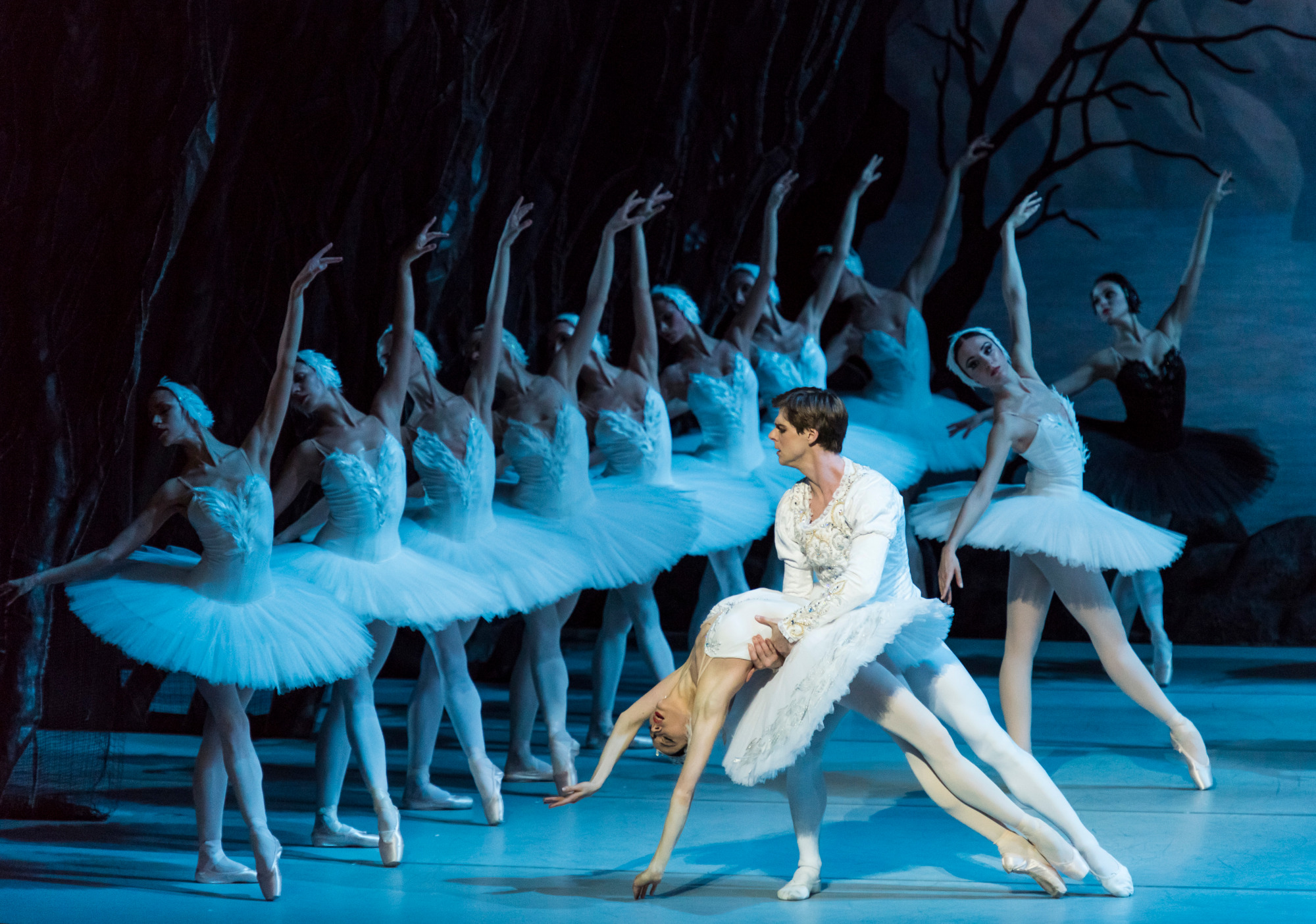Iain Mackay, a former ballet dancer who is now artistic director of the Royal Ballet School, told the Times in a recent interview that ‘bigger ballerinas… are the future of the art form,’ and that ballet ‘has moved away from the “slim” female fixture.’
It’s essential that we move away from ballet students being body shamed by their teachers, as illustrated by the 2023 Panorama investigation, The Dark Side of Ballet Schools. A similar scandal emerged when it was alleged that children at Vienna State Opera’s ballet academy were told to smoke to suppress their appetite. It’s not just size that destroys the dreams of many aspiring ballet dancers. Any number of body shape, musculoskeletal or flexibility issues can end a career before it has even begun.
Mackay’s attitude is laudable, but you won’t find a dancer on the roster of any UK ballet company that could be regarded as plus size. Compare ballet dancers to their everyday contemporaries on the street and they are mostly on the minus size, although it is certainly true today that ballet body fascism is far less severe in the West than it is in Eastern Europe. There, the discipline remains just as intense as it was in 2008, when David Kinsella released his documentary, A Beautiful Tragedy, about students at the Perm State Ballet School in Russia, where anorexia was rife amongst young girls desperate to succeed. Shortly after the documentary, one of those students, Oksana Skorik (who went on to become a feted principal ballerina with the Mariinsky Ballet of St Petersburg) told the director that she still regarded herself as ‘fat’ at just 45 kilograms.
To understand more about these differences, I spoke to Mariana Gomes, a Brazilian ballerina who danced in the Bolshoi for 18 years before settling in the UK. She told me: ‘the contrast in expectations between what I lived daily at the Bolshoi theatre and what I now witness in UK companies is sometimes quite stark. As a dancer in Moscow, your weight was your responsibility. If you didn’t look right on stage, or couldn’t move with the required clarity and lightness, you simply wouldn’t be cast.’
In 2003, when the regular partner of a leading ballerina, Anastasia Volochkova, retired, the Bolshoi professed itself unable to find any other male dancer to partner her. Reportedly around 168cm and 50 kilograms, Volochkova was discarded as being ‘too tall and too fat’. The fact that she could still dance – and very well – was taken into her own hands with a subsequent international touring career.
And then there is the case of Sergei Filin, the Bolshoi’s artistic director who, in January 2013, had sulphuric acid thrown in his face by an assailant. A dancer – Pavel Dmitrichenko – was found guilty of plotting the attack for several reasons, one of which was that Filin had denied his girlfriend, Angelina Vorontsova, the opportunity to dance the coveted role of Odette in Swan Lake, possibly because he deemed her to be too heavy, with a body shape that did not conform to the traditions associated with the role.
Irrespective of the changes in ballet school mentality, as indicated by Mackay, contracts to become a professional ballet dancer will still depend on things like body shape, hip rotation and turnout, scoliosis, hyper flexibility and much more. Given Mackay’s comments, it’s ironic that photographic and filmed evidence suggests that ballerinas today are thinner and more athletic than those of yesteryear.
The box office depends in significant measure on classical ballet with The Nutcracker and Swan Lake still selling the most tickets. The traditional structure of such ballets revolves around the pas de deux – a duet for the leading dancers, a key element of which are lifts, including the presage where the man extends his arms upwards to their fullest extent while holding his partner.
Gomes explains that size matters in such circumstances: ‘I’ve heard many male dancers in recent years speak about the physical strain of partnering dancers whose weight makes lifting unsafe. These are not unkind or superficial concerns — they are about health and injury prevention. Physical parameters exist for performance and safety, and these are the realities of classical ballet. Ignoring them doesn’t help the dancers — it risks their wellbeing.’
When Johan Kobborg (not a big chap himself) came to the Royal Ballet from the Royal Danish Ballet he declared his new company to be ‘small girl heaven’.
Ballet requires a training regime every bit as rigorous as any professional sport. And to become a professional ballerina, you have to face many similar hurdles and limitations. Can a plus size driver make it in Formula One? Can a plus size equestrian become a professional jockey? There are many such examples in sport and the answer, of course, in every case is that they can try but they’re unlikely to succeed.
Gomes summed up the dilemma succinctly. ‘We must find a balance that doesn’t abandon the core standards of the profession. Ballet is not an office job – it’s a highly physical, highly visual art. We have to protect dancers’ health, their artistry, and the audience’s experience by preserving the integrity and power of classical ballet today.’
Graham Watts is a freelance writer and dance critic. He is chair of the National Dance Awards and Vice-President of The Critics’ Circle.








Comments